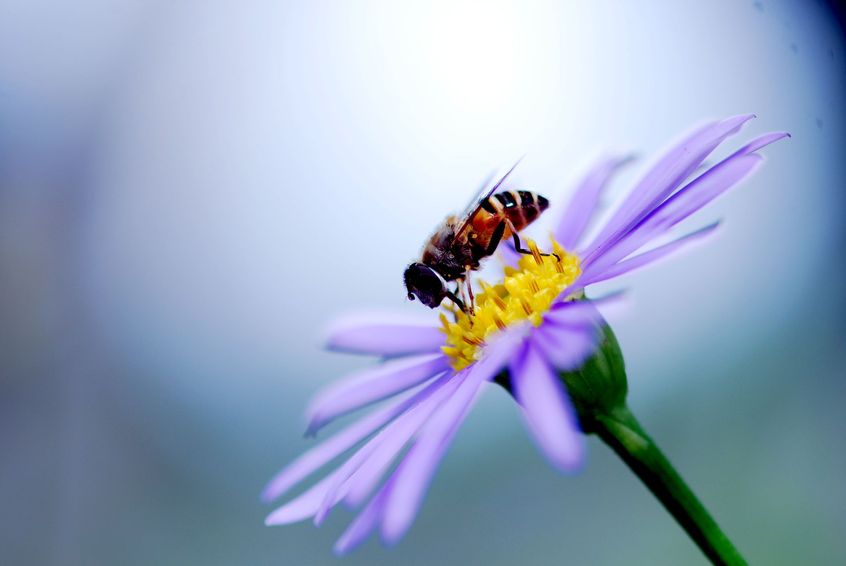How to Bring Bees Back to Your Garden
May 30, 2018
Bee Colony Collapse, Honey Bees
As many know, honeybees and other bee species are essential parts of our ecosystems in addition to being a crucial part of many world economies, including our own here in the United States. However, with colony collapse disorder (CCD) and various other factors, particularly pesticide overuse, diseases, and parasites, rearing their ugly heads, there has been a serious decline in bee populations, both wild and domesticated, in countries around the world.
This has led to many questioning how we can possibly function without bees in agriculture. With something as large as this hanging over us, however, there are a few things we can do on an individual level to encourage bee growth.
Avoiding Harsh Chemicals
Chemically treated plants and flowers can transfer said chemicals to the pollen bees need to make their honey, which can drastically affect their survivability—hence why it’s best to either avoid overusing the chemicals or find products that are less harmful to bees. There’s been considerable focus in recent years and in many countries on reducing or outright banning neonicotinoid pesticides, which have been shown to be harmful to honeybees and other bees.
Loving Your Lawn
Lawns full of dandelions, daisies, and other wildflowers are havens for bees as well as a vibrant natural food resource, so rather than mowing them down or treating them with chemicals, consider embracing the natural beauty these flowers provide—the bees would definitely thank you if they could.
Leaving Water Out for Bees
Like many living creatures in this world, bees need water too, so if you’re looking to bring more bees to your garden or flowerbed, try leaving a small water basin out for them or ensuring your bird bath has both water for them to drink and stones to crawl on, which will help the bees as well as the birds in your yard.
Planting Bee-Friendly Flowers
If you’re looking to experiment with varieties of different bee-friendly plants, you can try sprinkling seed balls that are made with compost, clay, and wildflower seeds in order to have a colorful array of plants that can attract bees far and wide. Wildflowers, sunflowers, and cornflowers are usually quite popular with hungry bees.
Getting Beehives
For anybody who has ever toyed with the idea of turning their honeybee fascination into a notable hobby, owning and maintaining a beehive is a very rewarding experience if you have both time and energy to dedicate to it. If this seems like too much work for the time and money you have, installing a simple bee house in your garden can provide honeybees a home to hibernate in when winter comes around.
Ready to try the incredible nectar of bees? If you would like more information about our Manuka honey products or want to get your order started, click here. And remember, we offer FREE shipping on all orders of $150 or more.
Copyright: irisosk / 123RF Stock Photo


.jpg)




